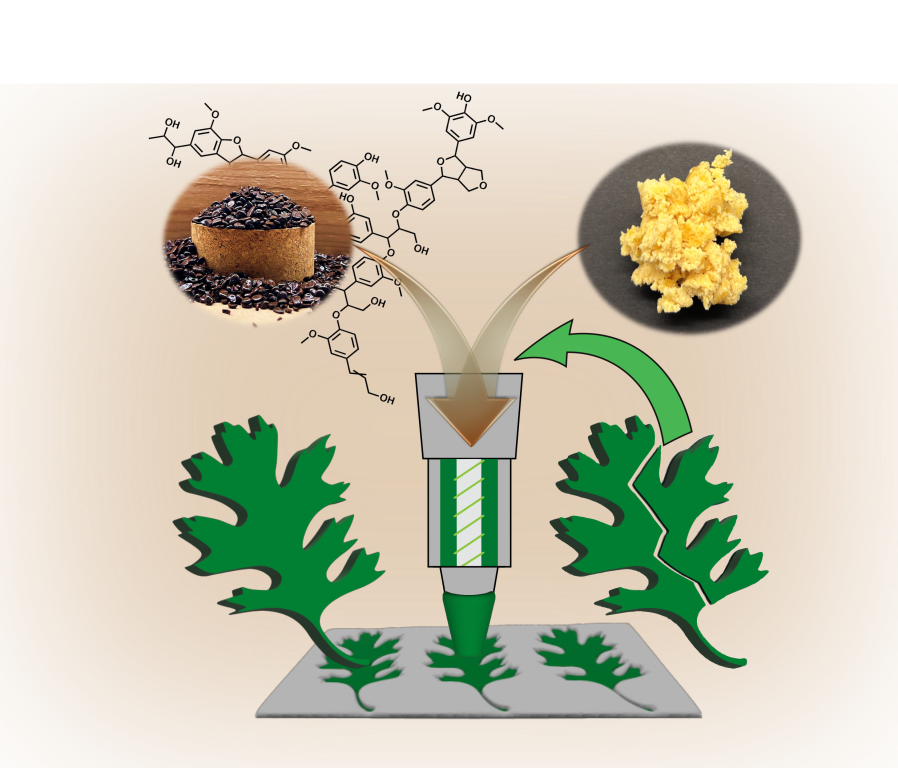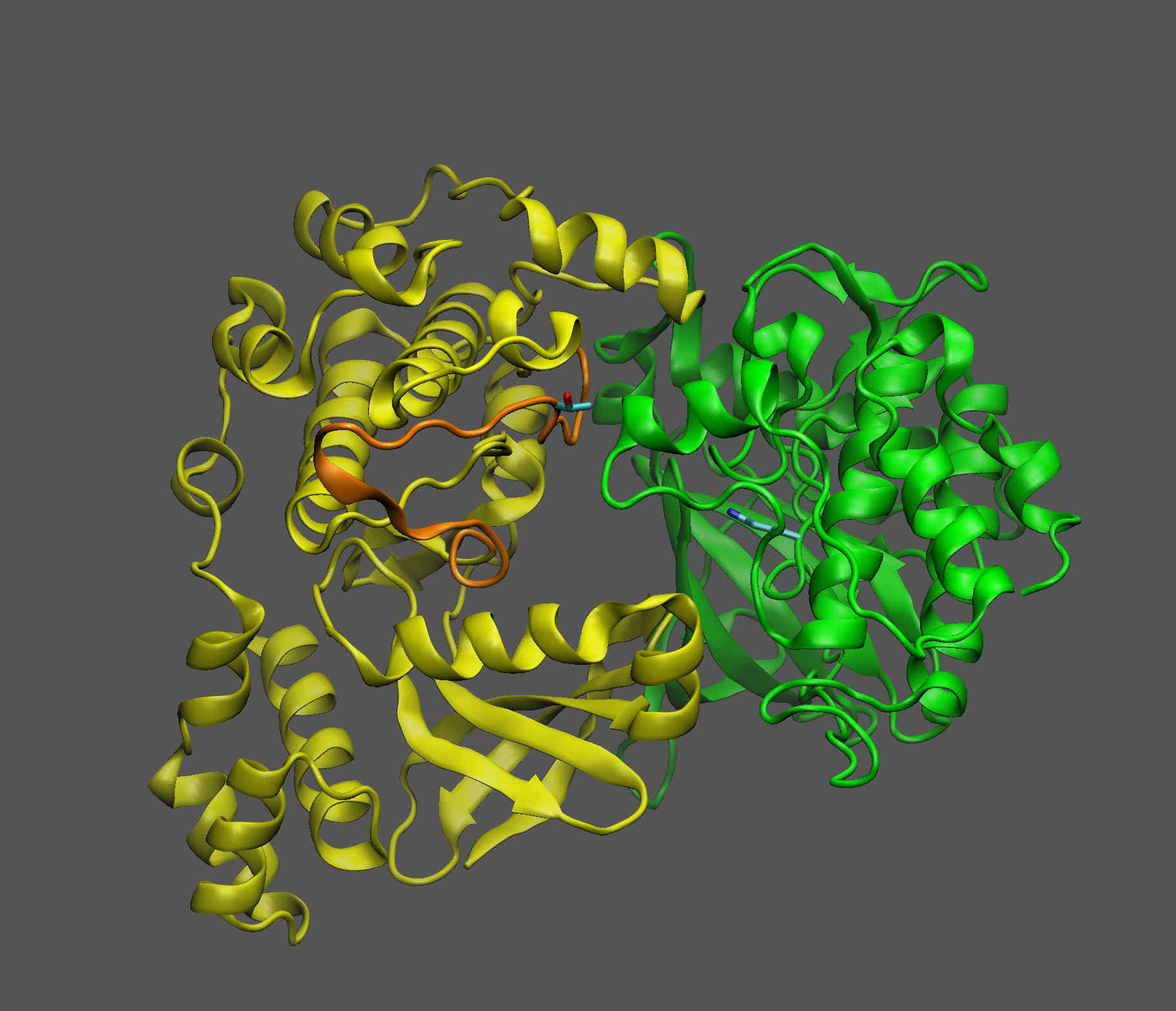
New plasma escape mechanism could protect fusion vessels from excessive heat
The exhaust heat generated by a fusing plasma in a commercial-scale reactor may not be as damaging to the vessel's innards as once thought, according to new research about escaping plasma particles made by researchers at the Princeton Plasma Physics Laboratory, Oak Ridge National Laboratory and ITER Organization (ITER).

Researchers harness AI for autonomous discovery and optimization of materials
Today, researchers are developing ways to accelerate discovery by combining automated experiments, artificial intelligence and high-performance computing. A novel tool developed at Oak Ridge National Laboratory that leverages those technologies has demonstrated that AI can influence materials synthesis and conduct associated experiments without human supervision.

Scientists Tame Quantum Bits in a Widely Used Semiconductor Material
Building large-scale quantum computers will require the ability to create and control qubits made of industrially relevant materials. Researchers have used atomic-level simulations to understand how the vacancies in silicon carbide that translate into spin-based qubits form and behave. This is an important step toward the future of quantum computing as well as quantum sensing.

New Insights on the Role of Nucleon Exchange in Nuclear Fusion
The way protons and neutrons move between two nuclei is key to understanding the processes in low-energy nuclear fusion reactions. As the nuclei draw close enough for the nuclear forces to become effective, neutrons and protons can migrate from one nucleus to another, potentially easing the fusion process.

Renewable route to rapid manufacturing
Oak Ridge National Laboratory scientists ingeniously created a sustainable, soft material by combining rubber with woody reinforcements and incorporating "smart" linkages between the components that unlock on demand.

Sky's the limit for biofuels
The United States has enough biomass potential to produce 35 billion gallons per year of aviation biofuel by 2050, a new report confirms. ORNL's John Field provided biomass feedstock production expertise to the report focused on the role of the bioeconomy in U.S. decarbonization strategies.

Multitasking Microbes Could Improve Biofuel Economics
Lignin is the world's largest renewable source of aromatic carbon for potential bioproducts manufacture. Scientists have now engineered a bacterium to convert this aromatic carbon into two useful chemical compounds: carotenoids and an acid called PDC. This could help make biorefineries more sustainable and economically viable.

Deciphering the Functions Encoded in Phage Genomes
Bacteriophages are the most common biological entities in microbial communities, but it has been challenging to study their biology. As a result, the genomes of most phages contain many genes of unknown function. In this study, researchers developed a new CRISPR-based technology to reduce the activity of genes in phages to determine if those genes are essential.

Study Reveals Reversible Assembly of Platinum Catalyst
Chemists at the U.S. Department of Energy's Brookhaven National Laboratory, Stony Brook University (SBU), and their collaborators have uncovered new details of the reversible assembly and disassembly of a platinum catalyst. The new understanding may offer clues to the catalyst's stability and recyclability.

New Understanding of Astatine's Chemical Properties Will Aid Targeted Alpha Therapy for Cancer
Astatine-211 is a promising alpha emitter for targeted alpha therapy for cancer, but astatine is among the least-studied elements. In this research, scientists investigated astatine's behavior when interacting with ion exchange and extraction chromatography resins used to produce radioisotopes and delivering them to targets in the body.

Quantum Effects Make Electrons Superconduct while Standing Still
Previous research found that twisted bilayer graphene is superconductive when the layers are rotated by 1.08 degrees. Electrons in parts of these materials move very slowly and should therefore not conduct electricity at all, much less display superconductivity. New research shows how the current theory of superconductivity, the Bardeen-Cooper-Schrieffer (BCS) theory, must be modified to fit the observations of twisted bilayer graphene.

Different Microorganisms Have a Taste for Different Flavors of Ammonia
Ammonia-oxidizing microorganisms (AOMs) use ammonia as an energy source while converting it to nitrite and play a pivotal role in the global nitrogen cycle. This study explored whether different AOM species preferred to use urea over ammonia. It found that some AOMs preferred urea while others used ammonia and urea simultaneously.

JPMorgan Chase, Argonne and Quantinuum show theoretical quantum speedup with the quantum approximate optimization algorithm
Researchers demonstrated a quantum algorithmic speedup with the quantum approximate optimization algorithm, laying the groundwork for advancements in telecommunications, financial modeling, materials science and more.

A Cleaner Way to Produce Ammonia
Ammonia is the starting point for the fertilizers that have secured the world's food supply for the last century. It's also a main component of cleaning products, and is even considered as a future carbon-free replacement for fossil fuels in vehicles.

Apple versus doughnut: How the shape of a tokamak impacts the limits of the edge of the plasma
PPPL scientists have developed a new theoretical model about the edge of a plasma, which can become unstable and potentially damage a fusion reactor. The model refines ideas about a critical obstacle on the path to harnessing clean energy from this fourth state of matter.

Theory and Experiment Combine to Shine a New Light on Proton Spin
Nuclear physicists have long been working to reveal how the proton gets its spin. Now, a new method that combines experimental data with state-of-the-art calculations has revealed a more detailed picture of spin contributions from the very glue that holds protons together.

New discoveries about the nature of light could improve methods for heating fusion plasma
Scientists have made discoveries about light particles known as photons that could aid the quest for fusion energy.

Precision Measurements of Radioactive Molecules for Fundamental Physics
For the first time, nuclear physicists made precision measurements of the short-lived radioactive molecule, radium monofluoride (RaF). The researchers combined ion-trapping and specialized laser systems to measure the fine details of the quantum structure of RaF. This allowed them to study the rotational energy levels of RaF and determine its laser-cooling scheme.

Promethium bound: Rare earth element's secrets exposed
Scientists have uncovered the properties of a rare earth element that was first discovered 80 years ago at the very same laboratory, opening a new pathway for the exploration of elements critical in modern technology, from medicine to space travel.

Recycling carbon dioxide into household chemicals
Scientists report a family of tin-based catalysts that efficiently converts CO2 into ethanol, acetic acid and formic acid. These liquid hydrocarbons are among the most produced chemicals in the U.S and are found in many commercial products.

Tracking Down Toxic Metals From Tobacco Smoke
Homes and public places where people smoke may have high levels of harmful trace metals from cigarettes, even after smoking stops, Berkeley Lab researchers have found. These metals include cadmium, arsenic, and chromium, and the levels may be above safety limits set by California.

Seeing the Color of Entangled Photons in Molecular Systems
Spectroscopy allows scientists to study the structure of atoms and molecules, including the energy levels of their electrons. This research examines the potential of spectroscopy techniques that rely on quantum entanglement of these photons. These methods can reveal information about molecules not possible with traditional spectroscopy. They also reduce the damage spectroscopy causes to samples.

A waterfall lost and a river found
Matt and Brandon traveled to Ecuador's rainforests to map the Coca River with drones. The river is experiencing massive erosion and sedimentation problems after the San Rafael waterfall collapsed in 2020. Their work could help the country save a hydroelectric power plant that provides 30% of the country's electricity as well as roads and pipelines the area's people depend on for commerce and transportation.

STAR Sees a Magnetic Imprint on Deconfined Nuclear Matter
Scientists have the first direct evidence that the powerful magnetic fields created in off-center collisions of atomic nuclei induce an electric current in "deconfined" nuclear matter. The study used measurements of how charged particles are deflected when they emerge from the collisions. The study provides proof that the magnetic fields exist and offers a new way to measure electrical conductivity in quark-gluon plasma.

Scientists Discover Mechanism of Sugar Signaling in Plants
A paper in the journal Science Advances describes how the moving parts of a particular plant protein control whether plants can grow and make energy-intensive products such as oil -- or instead put in place a series of steps to conserve precious resources. The study focuses specifically on how the molecular machinery is regulated by a molecule that rises and falls with the level of sugar -- plants' main energy source.
